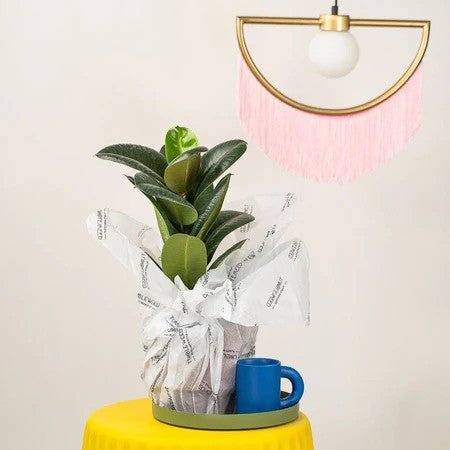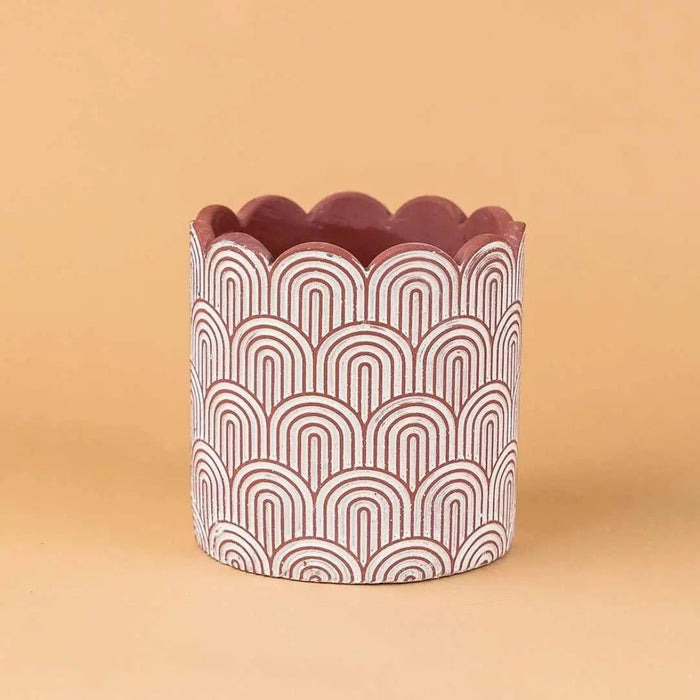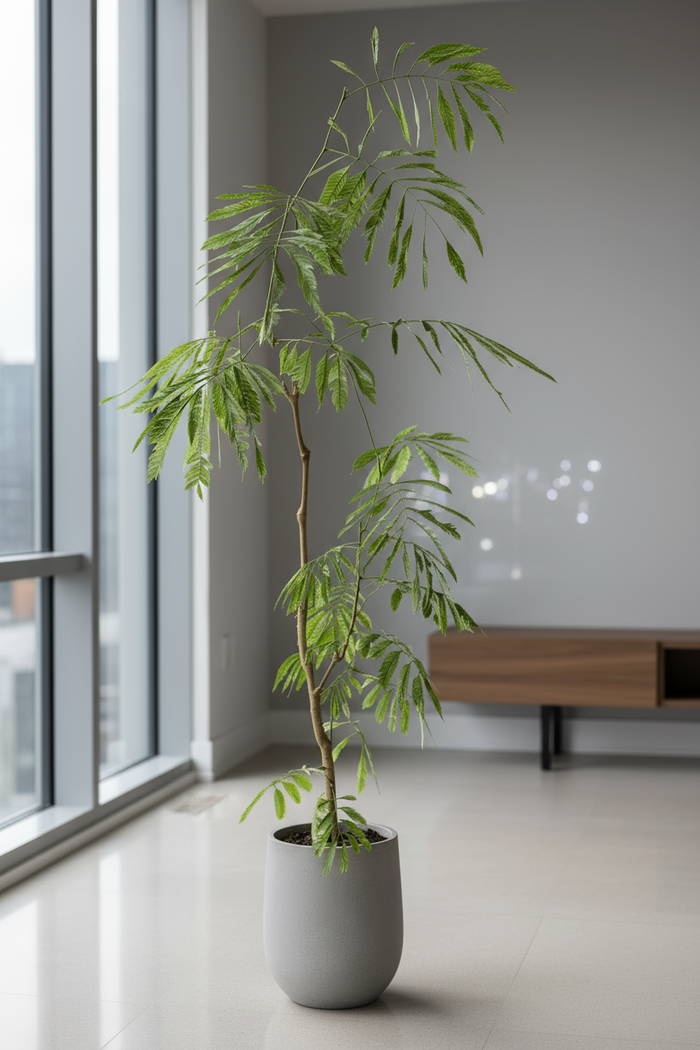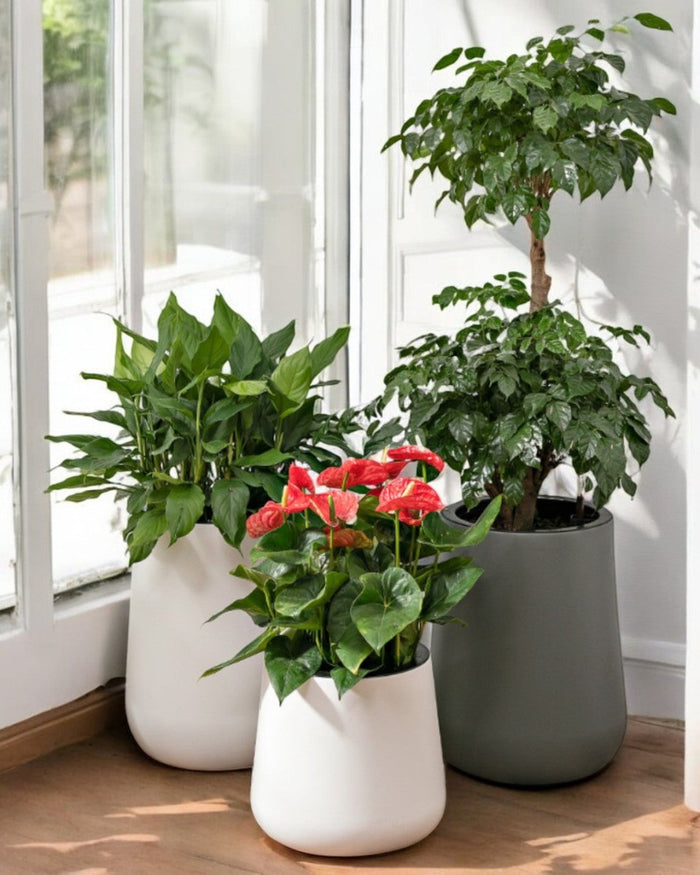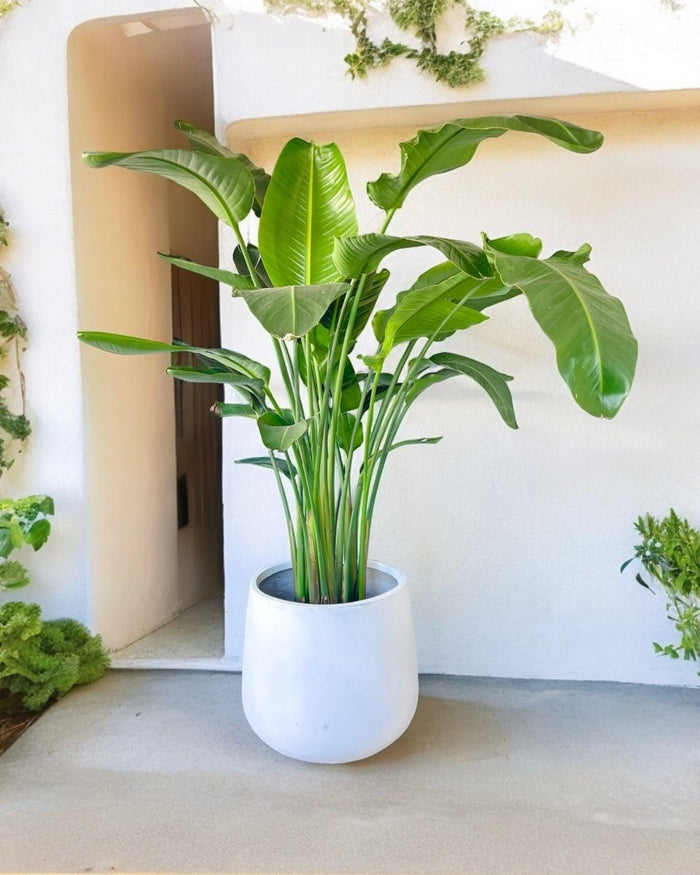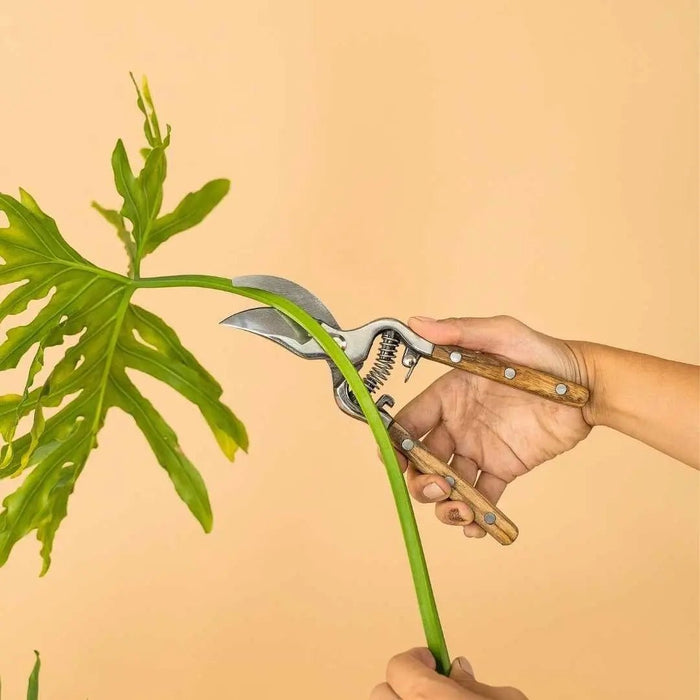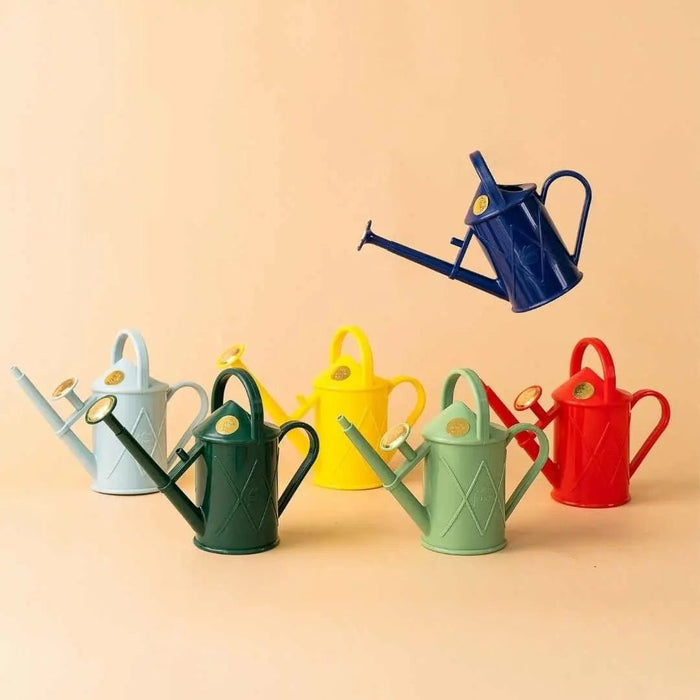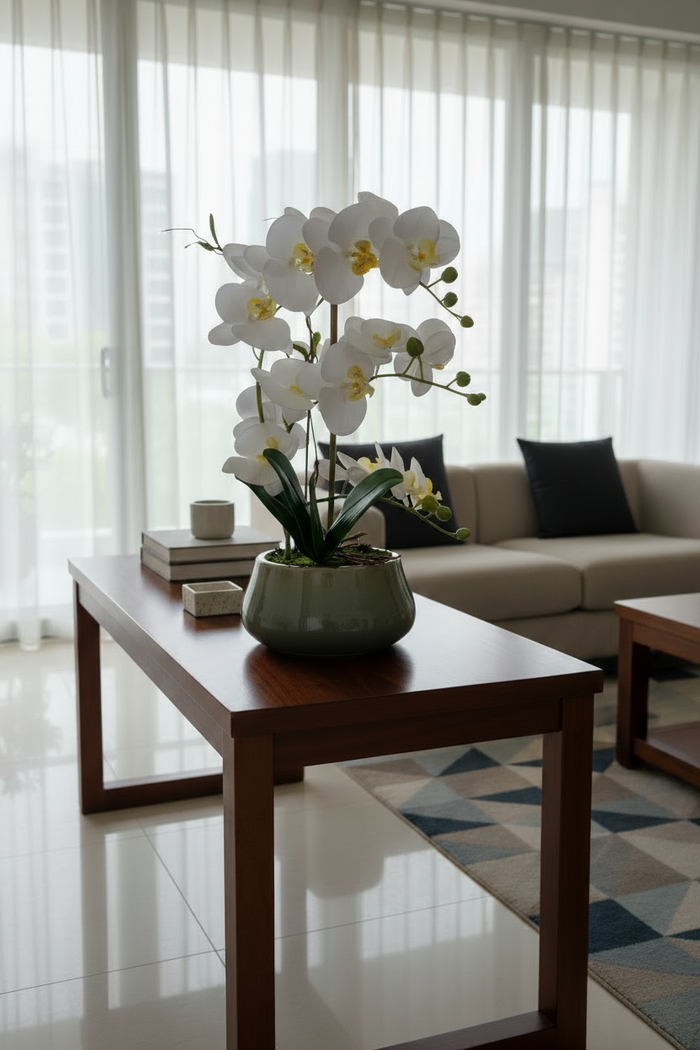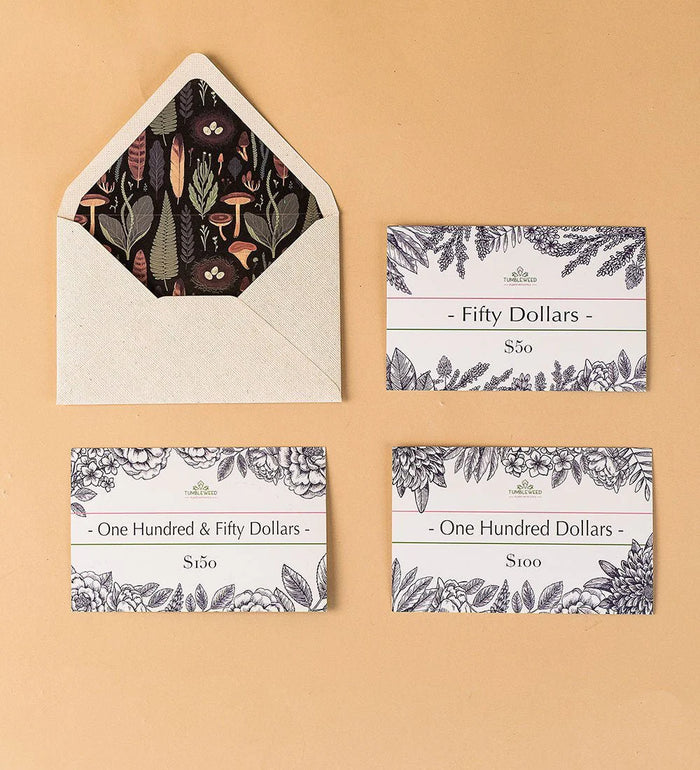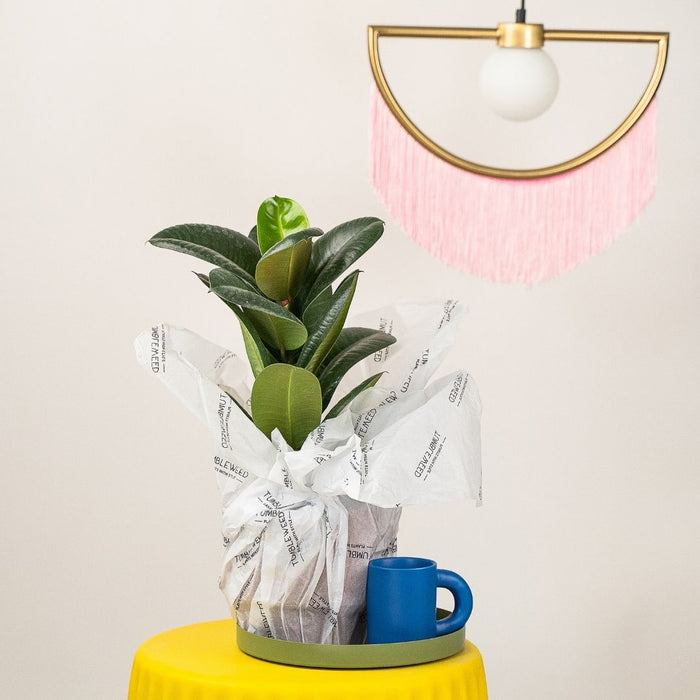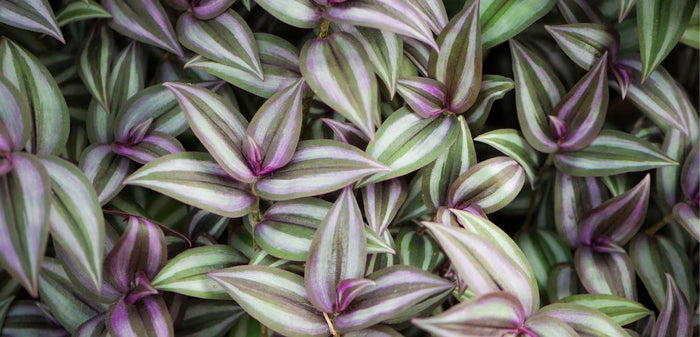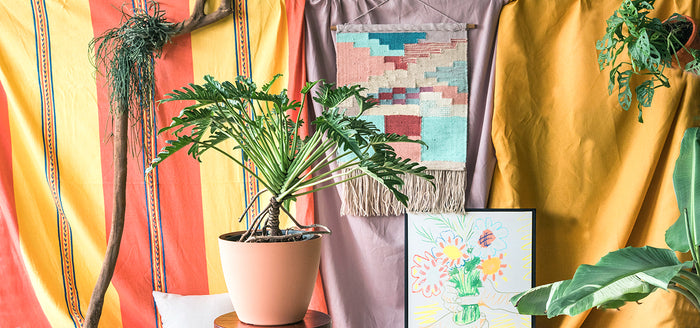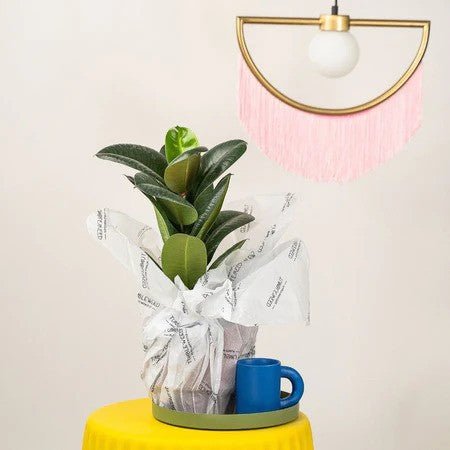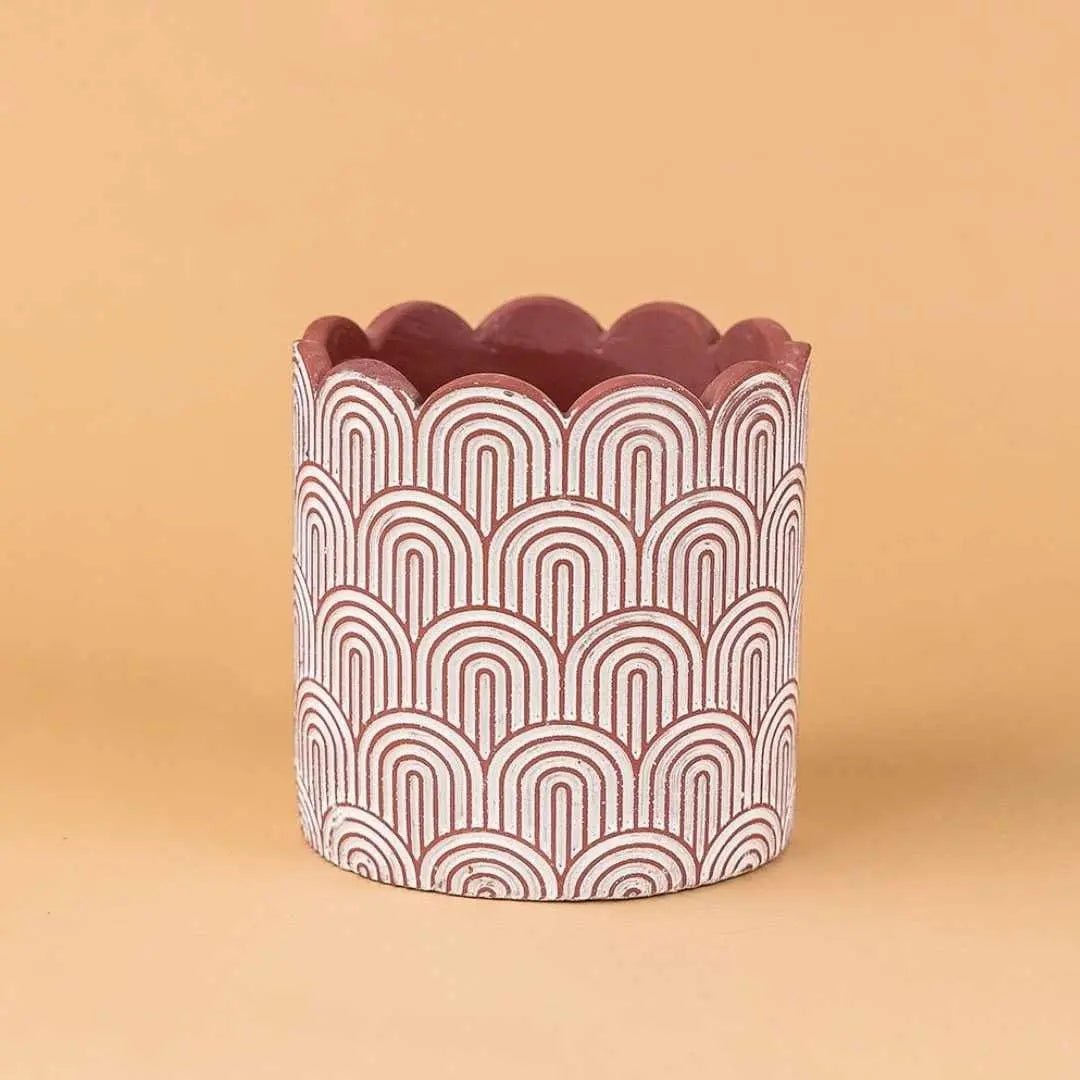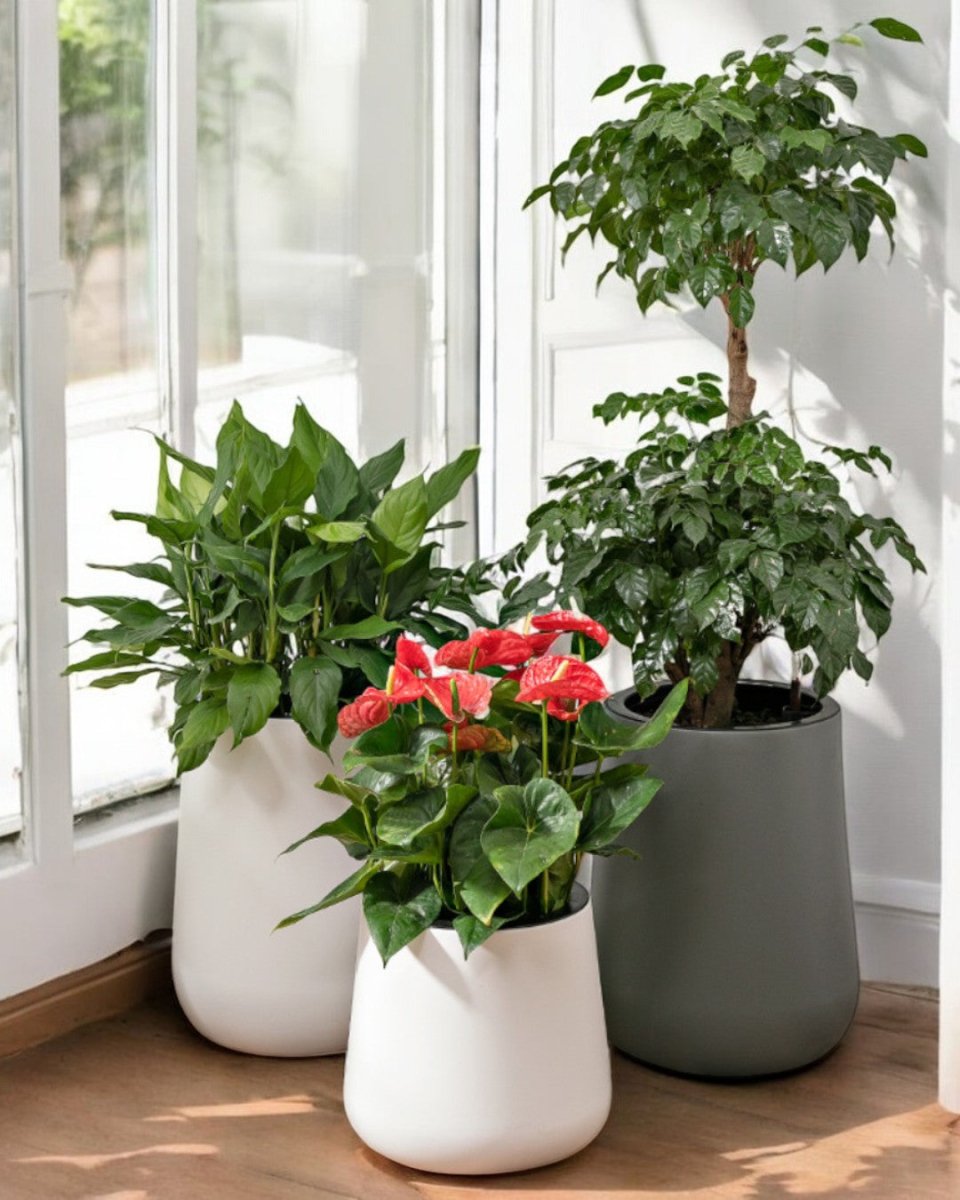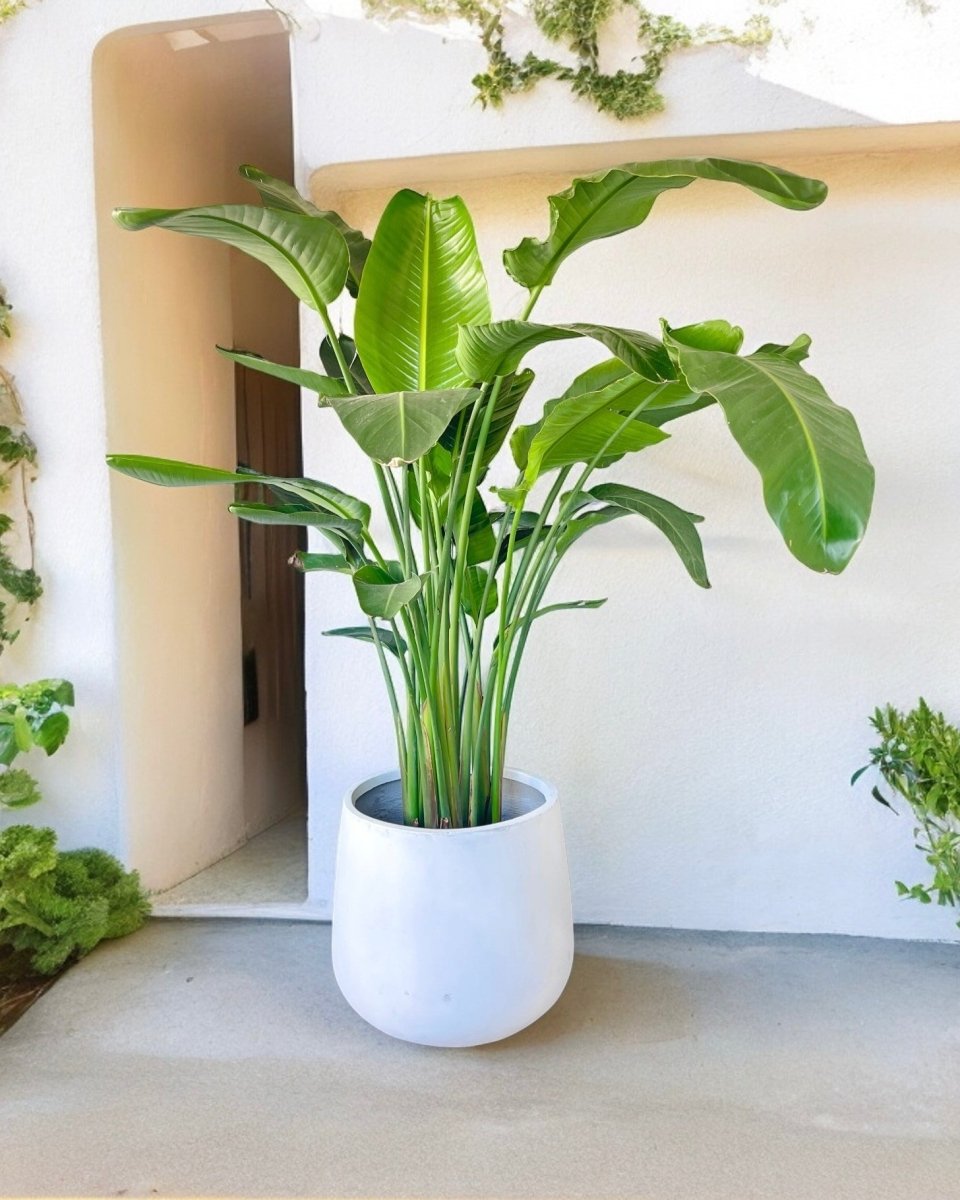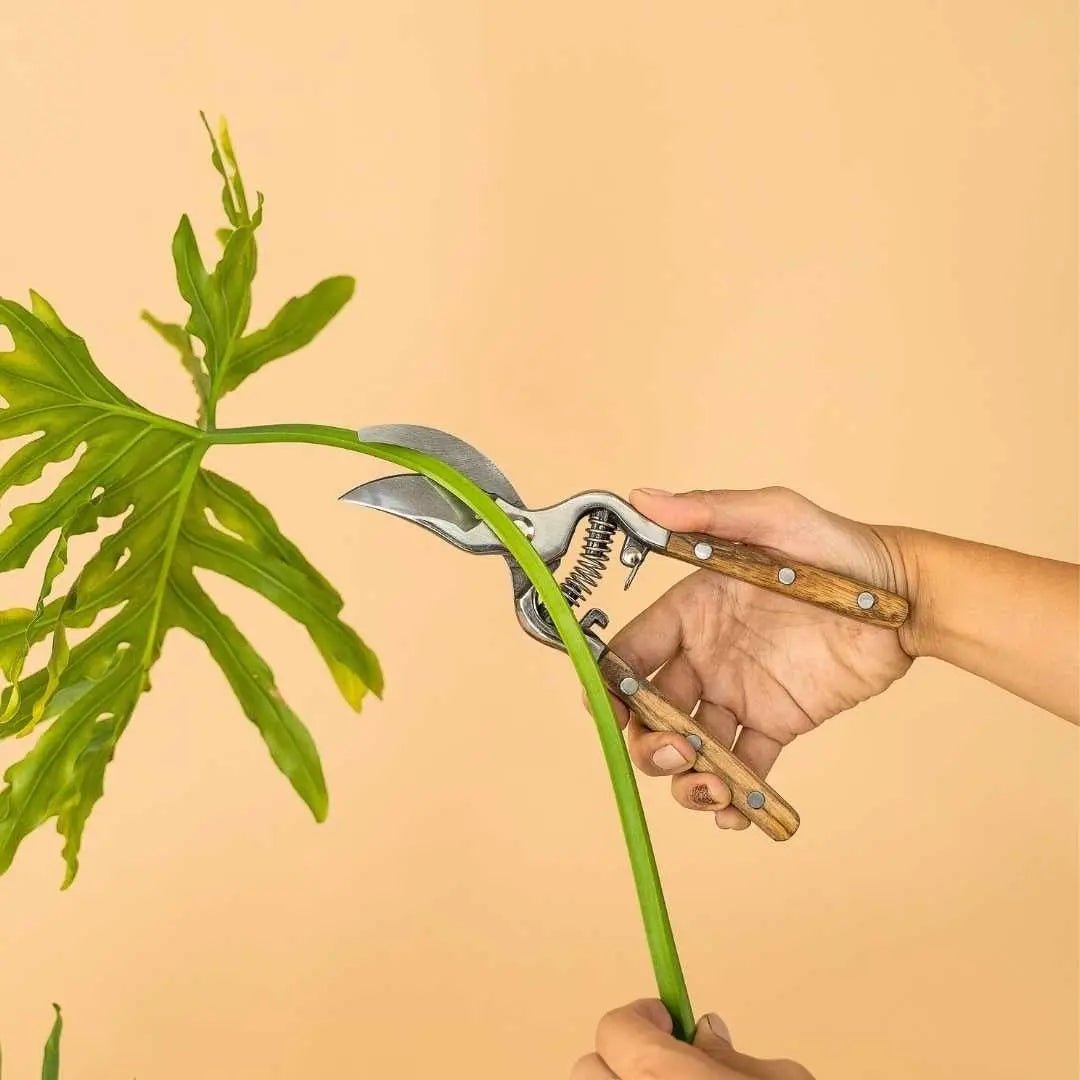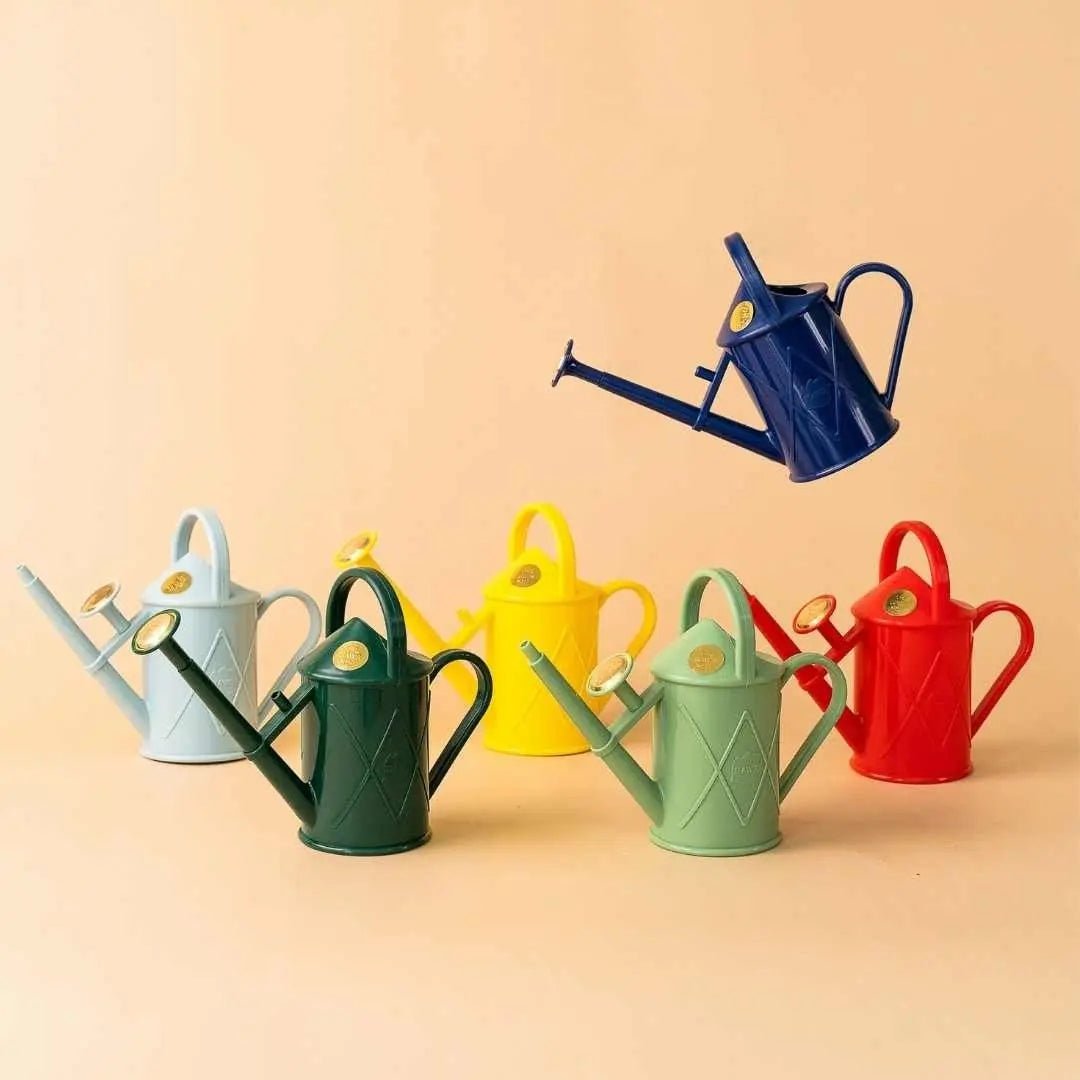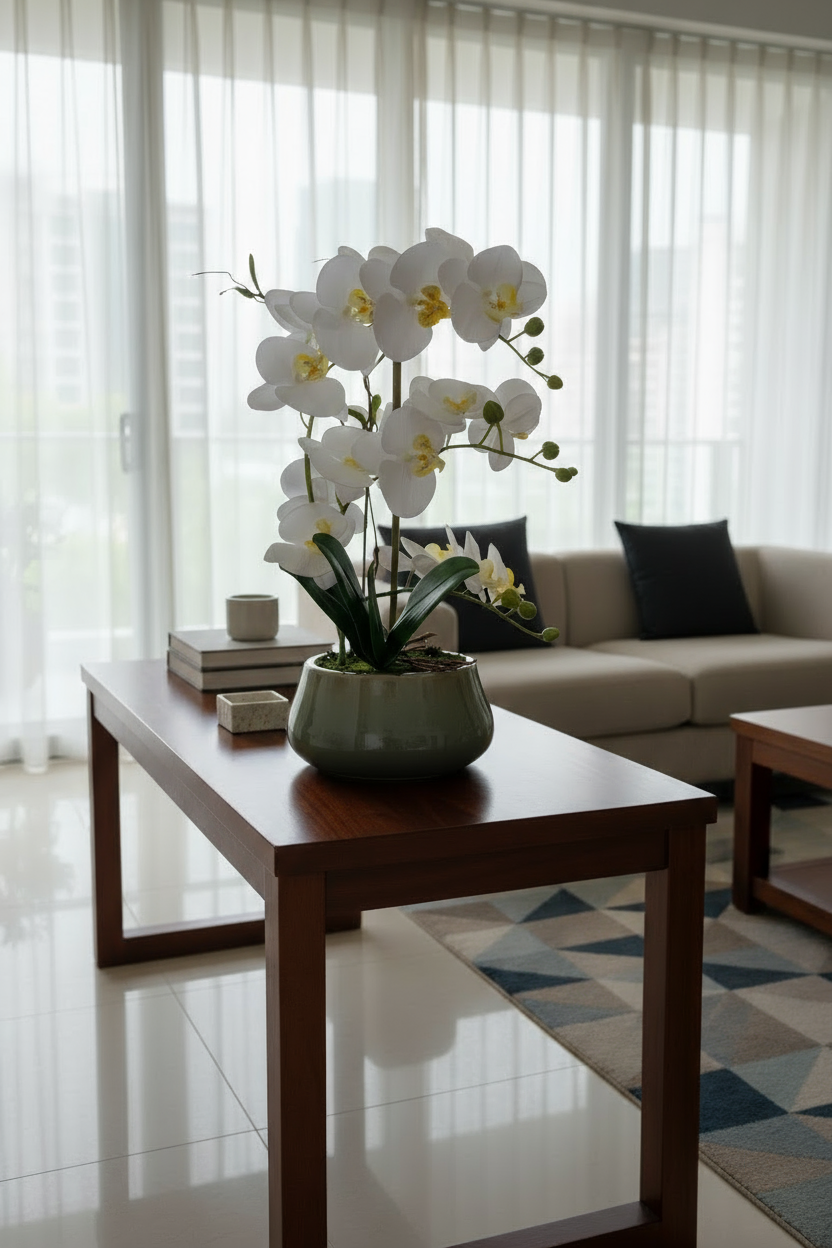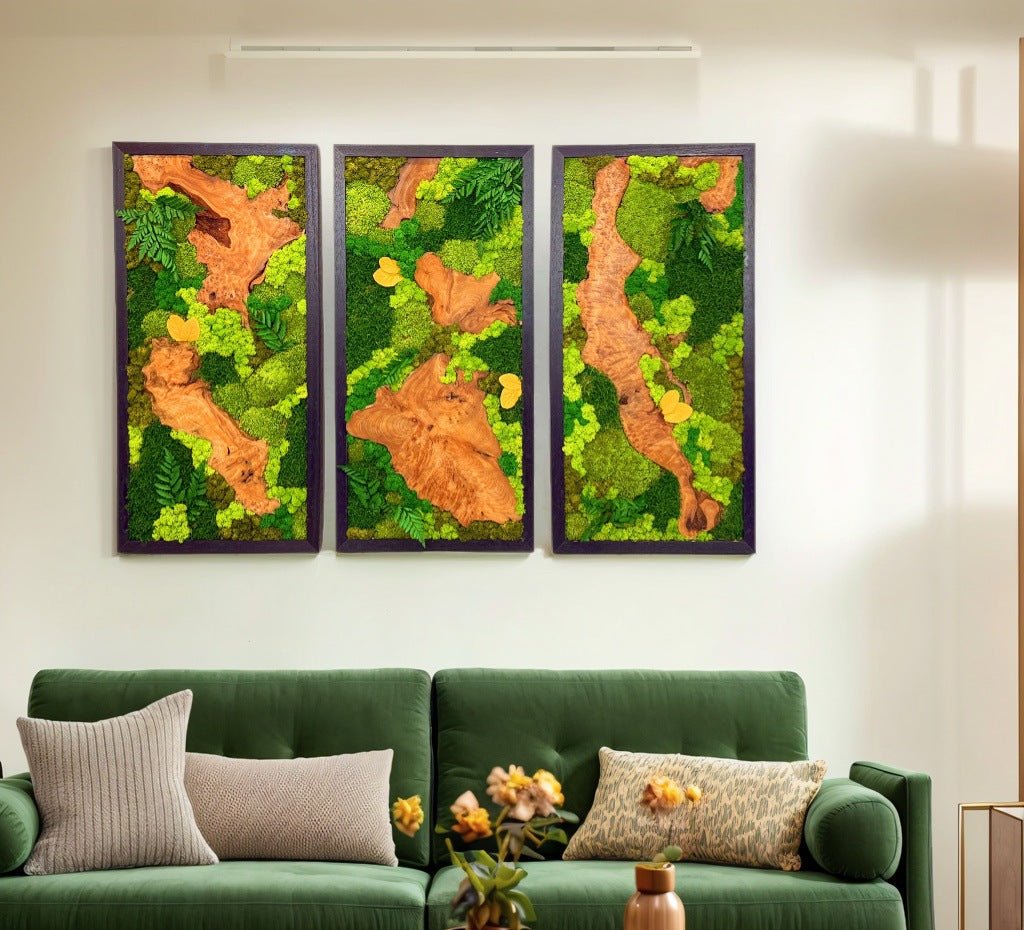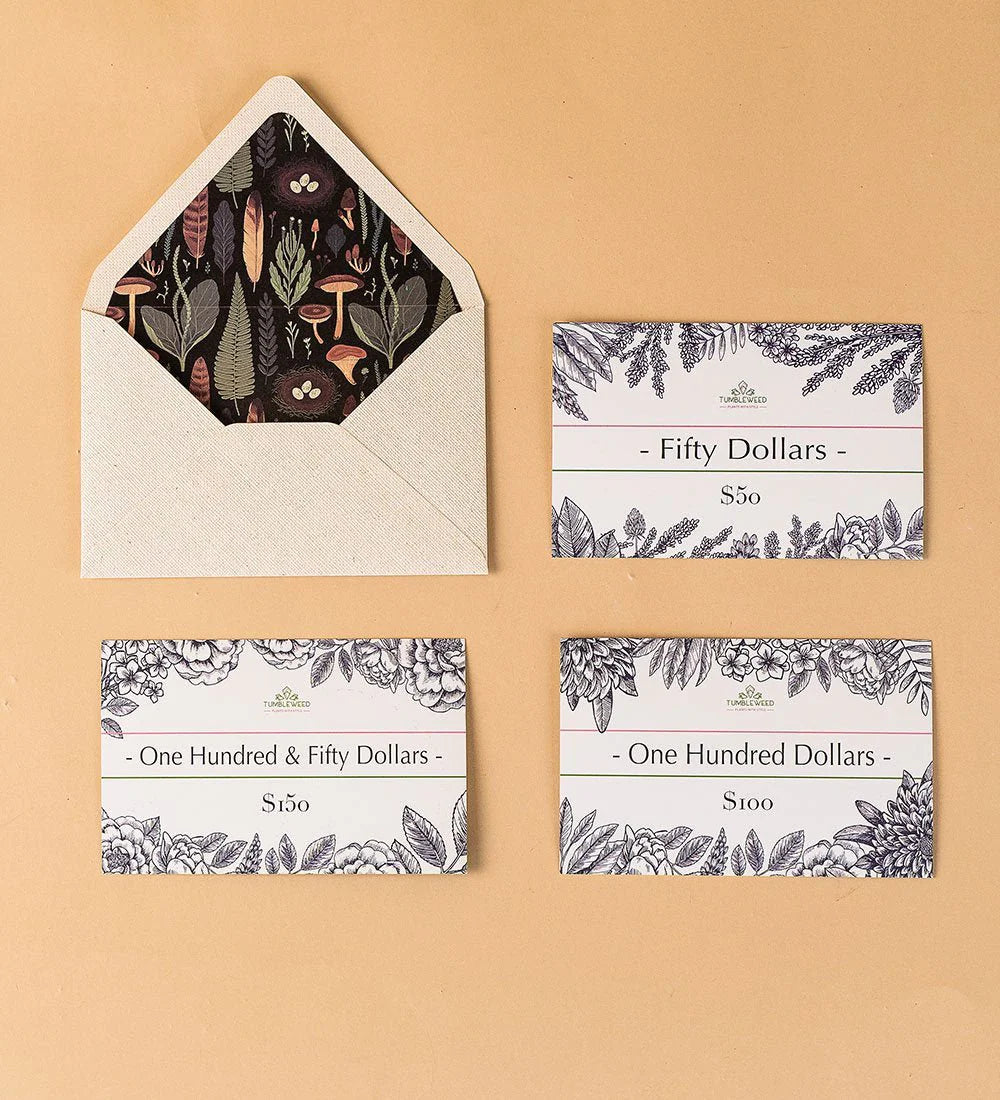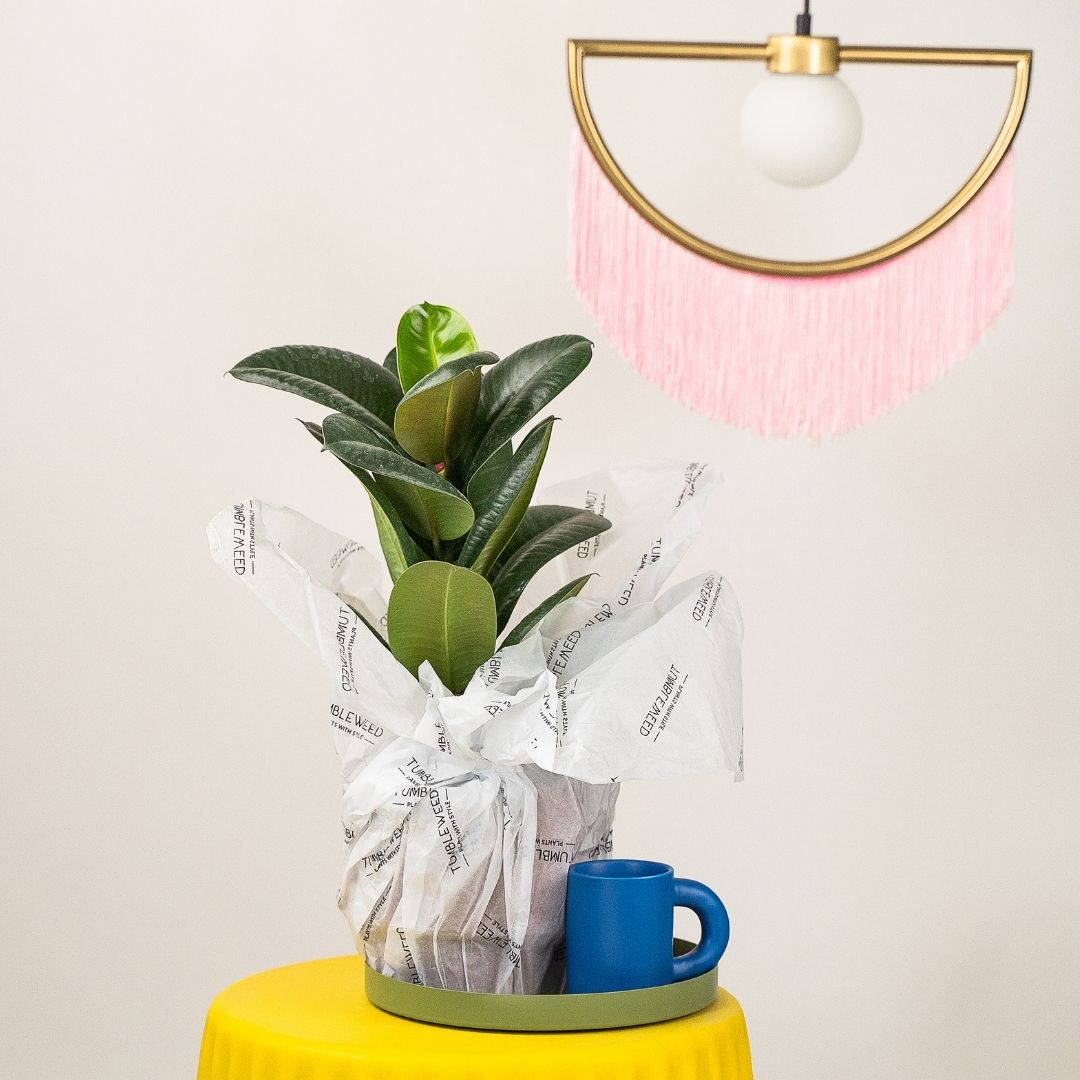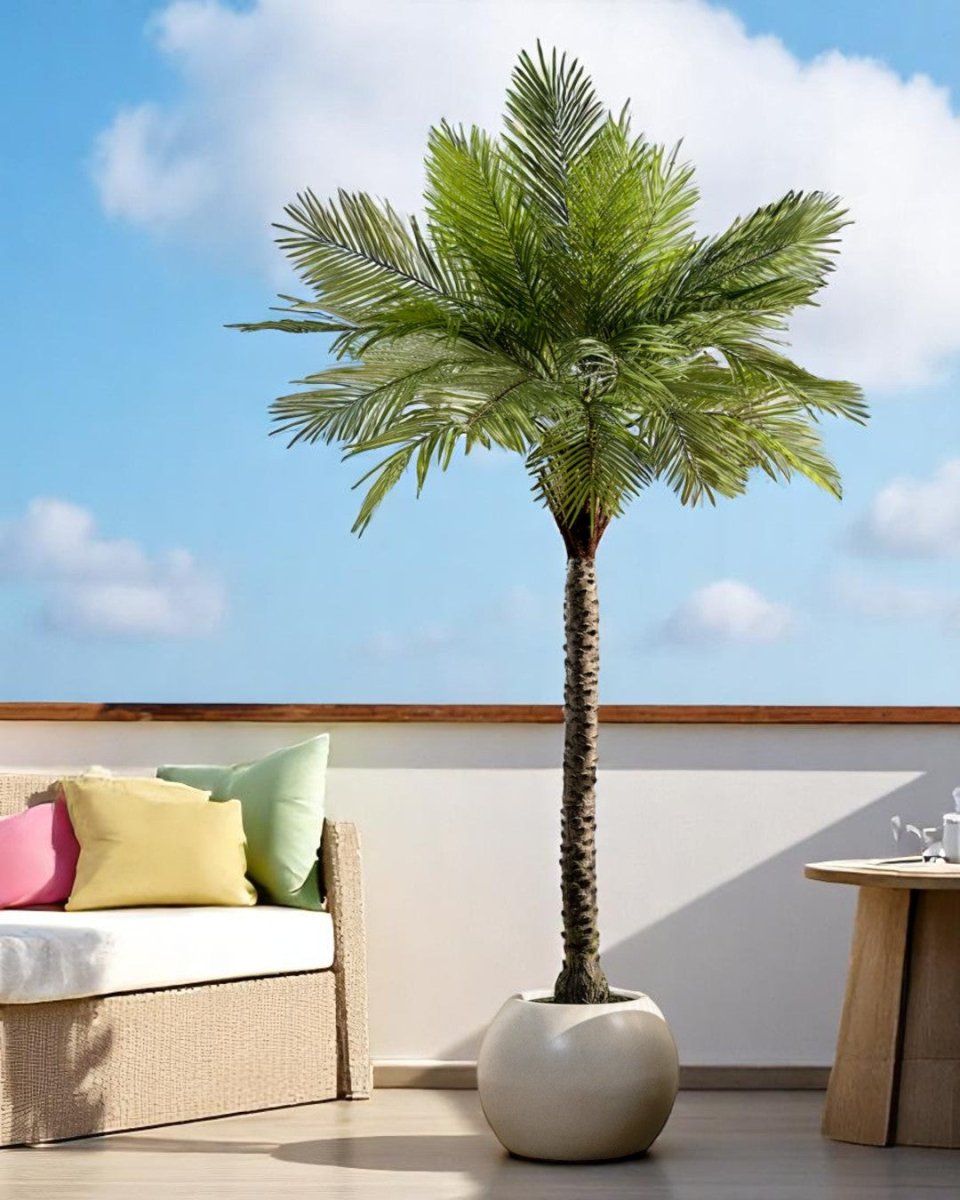Rhaphidophoras are easy-going plants that have attractive leaves with fenestrations or holes. With a vigorous climbing growth habit, it’s a good plant to add lushness and a jungle feel to any space.
Search plants, planters, garden accessories and more.
-
Sale
-
Plants
-
Pots
-
Care
-
Decor
-
Gifts
-
Services
-
Business
Free Delivery Above $99 | Shop Now
What's New
-
 Year End Sale: Up to 50% off→
Year End Sale: Up to 50% off→ -
 🎁 Corporate Gifts! 🎁→
🎁 Corporate Gifts! 🎁→ -
 Transform your space with our Plant Styling Services!→
Transform your space with our Plant Styling Services!→ -
 Low Light Corner?→
Low Light Corner?→ -
 Login to Earn & Redeem Points!→
Login to Earn & Redeem Points!→ -
 🎉 Making buying plants easy! 🎉→
🎉 Making buying plants easy! 🎉→
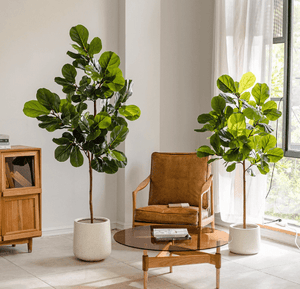
Year End Sale: Up to 50% off
Upgrade your decor now! Automatic tiered discounts mean bigger savings on plants, planters & more. Watch your progress bar fill up as you shop! Sale ends soon. 🌱
Also don't miss out on our free XL Everfresh giveaway, auto enrolled when you make a purchase with us.
Shop Plants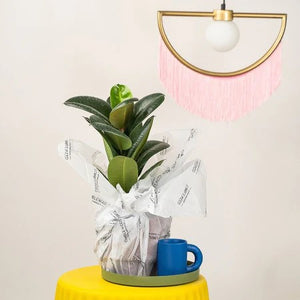
🎁 Corporate Gifts! 🎁
Planning corporate gifts for the festive season? Make a lasting impression with our premium plant gifts! Perfect for clients, partners, or employees, our curated selection of plants is both meaningful and elegant. Choose from a variety of options that fit any budget. Order now and ensure your corporate gifts are delivered in time for the celebrations.
Bulk Gifting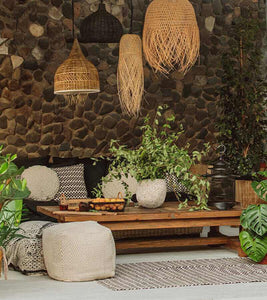
Transform your space with our Plant Styling Services!
Looking to refresh your space for the year-end festivities? Elevate your home decor with our Plant Styling service! Whether it’s a cozy corner or a grand living room, our expert tips will help you transform your space into a green oasis. Perfect for setting the holiday mood! Get inspired and start styling your space with our premium plant collections.
Start your Project
Low Light Corner?
No worries! Our Plant Lights are here to help your plants grow! Specially designed and made for houseplants.
Shop Lights
Login to Earn & Redeem Points!
Login and automatically enrol into our Rewards program, earning you points, and get exclusive deals and discount
Login Now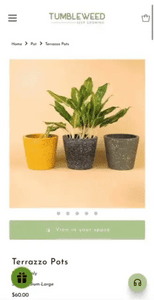
🎉 Making buying plants easy! 🎉
We have made buying plants even easier, with our customer service team, equipped to provide you with a plant recommendations. Hit us up on our chat channels to get started!
Shop NowUp to 50% off with our Year End Sale!
Free delivery above 99SGD
🎁 Free Gift Above $120
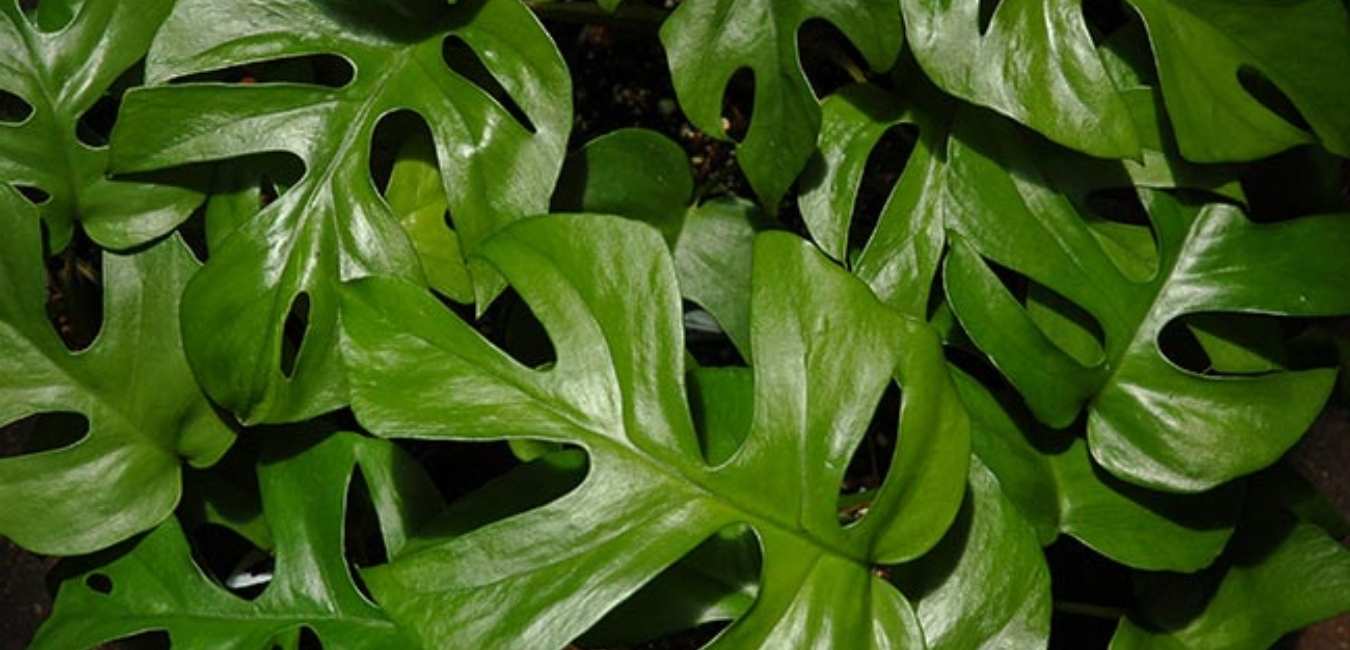
RHAPHIDOPHORA
Varieties from our listing
Interested to buy a plant from this group?
See what we have available HERE
Below is a general care guide for Rhaphidophoras which can slightly differ depending on variety.
Light & Temperature
Rhaphidophoras prefer bright, indirect light. Avoid spots with direct sunlight as this will be too much for the plant.
In terms of temperature, this plant likes to be in a warm, but not too hot, space. Avoid areas with cold drafts or hot, dry air coming from vents.
Watering, Humidity & Misting
The soil of your Rhaphidophora should be kept moist but never soggy. Water the plant thoroughly when the top 1-2 inches of the soil has dried out. Ensure that the plant has fully drained before returned to its tray to avoid the plant from sitting in water.
Since Rhaphidophoras are native jungle dwellers, it’s a good idea to give them a humid environment to grow in. Misting can be done regularly or grouping them with other humidity-loving plants can also create a more humid climate.
Soil and Repotting
Plant your Rhaphidophora in a light, moist, well-draining potting mix. Because of its vigorous vining nature, your Raphidophora will need support (such as a moss pole) as it grows and an annual repotting. Keep an eye out for roots poking out of the drainage holes - this is a sign that it’s time to repot your plant to a bigger planter. You can also prune back the vines and save the cutting for propagation.
Propagation
You can easily propagate Rhaphidophora stem cuttings in water, making sure the aerial node is submerged well below the water line. Place the container in a warm place with bright, indirect light. In a few weeks, you should be able to see tiny roots develop from the node. When the roots are a few inches long, plant the cutting in a pot with moistened soil.
Fertiliser
Use a balanced fertiliser formulated for houseplants. Follow the directions on the label of our Down to Earth. organic plant food.
Toxicity
Rhaphidophoras are toxic if ingested and should be kept out of the reach of children and pets.
Possible Issues
Under the right care and conditions, your plant will grow happy and healthy. But here are some issues you may encounter while caring for a Rhaphidophora:
Spider mites - When spotted, treat immediately with a neem oil.
Leggy growth- This is usually caused by too little light. While your Raphidophora thrives in indirect light, make sure it gets sufficient amount of it.
Curling leaves - Be sure you’re not underwatering your plant. Check the moisture level of the soil and water when it is 1-2 inches deep dry.
Yellowing leaves - The most common cause is improper soil moisture - in particular, overwatering. Allow the top 1-2 inches of the soil to dry out before watering your Rhaphidophora again.
TumbleweedPlants.com
Live Chat 💬
Whatsapp:+65 80561106
getintouch@tumbleweedplants.com
514 Chai Chee Lane (Office & Warehouse)
-Strictly not open to walk-in
Company
Helpful Links
Join Our Community
Join 40,000+ plant lovers and get care tips & inspiration.
About
TumbleweedPlants.com is an independent plants retail brand, established in Singapore in 2016. We make stylish indoor plants easy and accessible to all with great looking houseplant varieties, the biggest selection of planters and indoor plant care essentials delivered to your door.
Shop with confidence from the Best Plant Home Decor Online Store Today!

